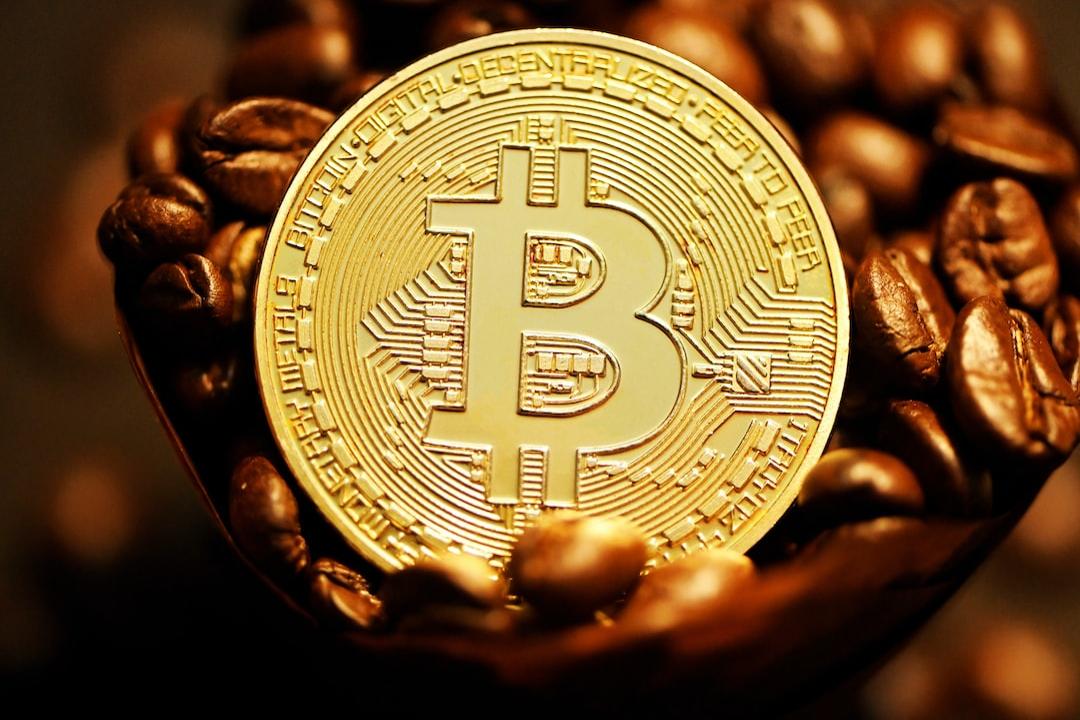The Golden Trio of Meme Coin Launches
With all the recent buzz surrounding meme coins, shady dealings, and whales, I thought it would be helpful to provide some background information. Every token project that is directly launched on decentralized exchanges (DEX) and lacks venture capital (VC) support has three key elements:
1. Development Team
2. Snipers
3. Whales (TBD)
The complexity and overlap of these three elements vary from token to token, but a successful long-term venture requires a well-balanced combination of all three.
Development Team
Every development team has to find a delicate balance between decentralization and organization. On platforms like pump.fun, a team may consist of only one person with a fancy title. On the other hand, teams like $BONK are highly organized, composed of some of the smartest active crypto traders on Solana. Both types of teams can excel, but their success ultimately depends on the other two factors (snipers and whales).
Organized teams have the advantage of usually setting aside budgets for marketing and future development, making their tokens more “utility-driven” than those solely originating from pump.fun memes. A great example is bonkbot, as no other fully decentralized meme has a product like theirs due to insufficient funding. Another example is $MEW, which was able to airdrop a large number of tokens to all $BONK and $WIF holders. These teams also have easier access to market makers and can quickly get listed on exchanges.
On the other hand, fully decentralized teams often start with lower market caps since they lack initial strong capital support. These teams often form passionate communities in the early stages through low initial costs and widespread supply distribution. The best examples are $WIF and $MICHI, which had very low market values at launch but had highly active communities. The risk with these coins is that, on average, they are more likely to fail early on because all the snipers try to exit as quickly as possible without the support of whales or teams with long-term interests in the project.
Snipers
Honestly, I’m not the best person to delve into this topic in detail because I haven’t participated in early sniper actions, but I know some who have. For snipers, the project itself usually doesn’t matter; they just want to get in first and exit if there’s enough liquidity. Many projects without well-organized teams fail due to snipers buying up a large number of tokens at launch and immediately dumping them, causing chaotic price charts.
A great example is the ETHWIF derivatives launched a few months ago. Many wallets bought immediately at launch and sold a few hours later, making six-figure profits.
Around 90% of tokens newly issued on decentralized exchanges (DEX) won’t surpass a $5 million market cap because most of these development teams are anonymous and eager to make quick profits. That’s why the concept of “CTO” (community takeover) is so popular, as development teams often immediately sell their tokens.
Whales
Every token that grows from zero to billions of dollars at some point needs whales to drive up the price. For memes, the community usually forms early on. Once memes gain enough attention and viral momentum, their market caps exceed $100 million. Once they consolidate above $100 million, you’ll see bigger players entering the scene as there’s enough liquidity to establish large-scale positions. At the same time, early participants of these memes must hold on and not sell. Once they become whales, they become crucial for the project’s long-term success.
In summary, every token project has a team, varying in levels of organization. Each token has snipers and whales, and a well-balanced combination of these factors is necessary to achieve a market cap of billions of dollars, regardless of whether they are the same participants or different ones.
This article is a collaboration and originally appeared on:
Deep Tide

